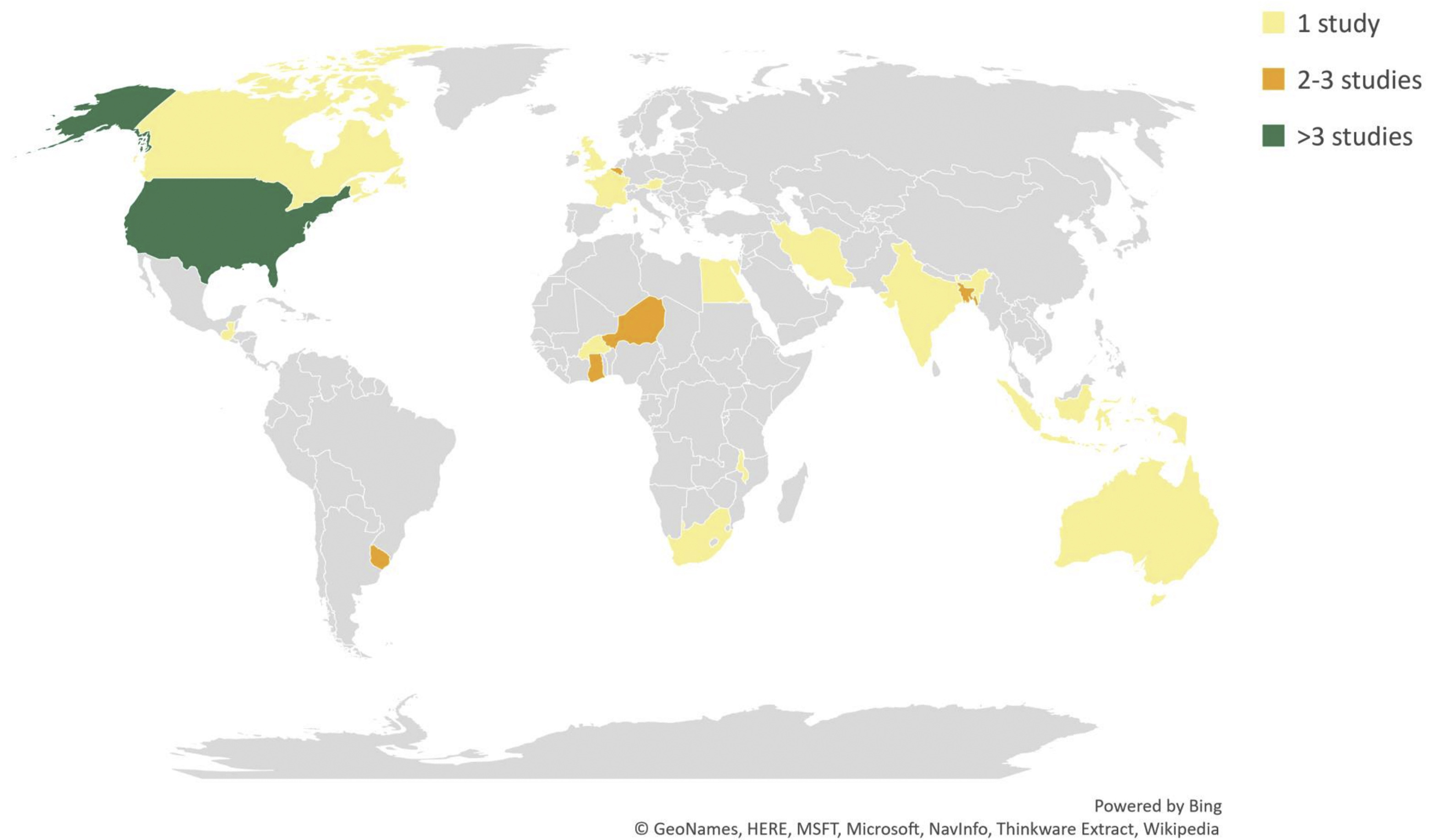Elsevier, Catena, Volume 195, December 2020
This research examines high-elevation biocrusts on volcanic tephra in Haleakalā Crater, Maui, Hawai′i; geomorphic, ecological, and pedological processes are discussed, in order to provide an integrated geoecological view of linkages that have influenced biocrust genesis. The study considers four spatial scales: (i) the landscape scale; (ii) the site scale; (iii) the miniature scale and, (iv) the microscopic scale.
Elsevier, Catena, Volume 195, December 2020
In limestone quarries, after quarry abandonment, ecological restoration takes place subsequently over several years, often with the use of different procedures and backfilling materials. The success of the different restoration actions performed at a limestone quarry (Colle Pedrino, Lombardy Prealps, Italy) in terms of vegetation cover and biodiversity levels, compared to the surrounding natural areas, was evaluated in this work.
Elsevier, Rhizosphere, Volume 16, December 2020
Plant parasitic nematodes (PPNs) cause huge agricultural and silvicultural losses every year. Most studies that investigated various mechanisms for killing nematodes used the model organism Caenorhabditis elegans. Pseudomonas chlororaphis is an important biocontrol bacterium with great application potential in agriculture. Pseudomonas chlororaphis strains have the potential to control PPNs. In our previous study, we obtained one P. chlororaphis-like bacterium, namely, SPS-41, from the rhizosphere of sweet potato. This strain exhibited wide-spectrum of antifungal activity.
Elsevier, Rhizosphere, Volume 16, December 2020
Endophytic fungi were able to protect their host plants against pathogens and promote plant growth. No previous studies have been conducted on the growth promotion of sunchoke by endophytic fungi. This research was the first to characterize plant growth promoting properties of endophytic fungi including, Macrophomina phaseolina BUP2/3 and Diaporthe phaseolorum BUP3/1 isolated from sunchoke and Daldinia eschscholtzii 2NTYL11, Trichoderma koningii ST-KKU1, Trichoderma erinaceum ST-KKU2, Macrophomina phaseolina SS1L10 and Macrophomina phaseolina SS1R10 from medicinal plants.
Elsevier, Rhizosphere, Volume 16, December 2020
The plant root system influences plant growth and development due to its phenotypic, physiological, metabolomic, and microbiomic traits. Broadly speaking, it is characterized by primary (stem-attached large), secondary (primary-attached medium), and fine (secondary-attached hair-like) roots. The role of root branching order and categories (fine, medium, and large) in influencing microbial communities in the rhizosphere and root environments is not clear.
Elsevier, Global Food Security, Volume 27, December 2020
In this paper, we conducted a narrative review to describe age-specific characteristics that inform how children and adolescents interact with their food systems and how that relationship influences their diets. Children of all ages are active agents in determining the foods they eat. Numerous intrapersonal, interpersonal, and environmental characteristics influence their diets, and these shift over time.
Elsevier, Global Food Security, Volume 27, December 2020
This paper provides an overview of nutrition recommendations for dietary intakes necessary to support normal growth and development of children from birth to 18 years and to promote long-term health and quality of life. Key nutrients and food-based dietary recommendations have been examined from international evidence-based child dietary and feeding guidelines from the World Health Organization and a convenience sample of countries. The paper also reviews key issues relating to the environmental impacts of child diets.
Elsevier, Global Food Security, Volume 27, December 2020
Current food systems are failing to guide children towards healthy diets. This paper presents a tool to identify the actions needed to reorient food systems to become more child-centred from a nutrition perspective. To connect the dots between children's lives, their food environments and food supply systems, the tool takes a child-centred, food systems approach.
Elsevier, Global Food Security, Volume 27, December 2020
Intervening in the food environment is critical to improve the diets and nutrition of children and adolescents. Little is known about the most effective interventions targeting children and adolescents, particularly in low- and middle-income countries (LMICs). We conducted a scoping review of the literature to examine influence of external and personal food environment interventions on the diets and nutrition of children and adolescents. Most of the included studies examined interventions in school settings in the United States, with few studies from LMICs.

